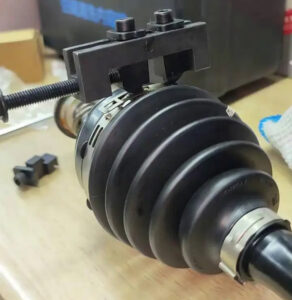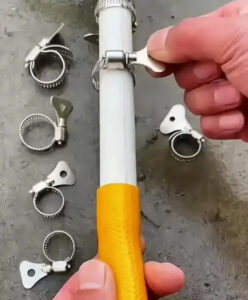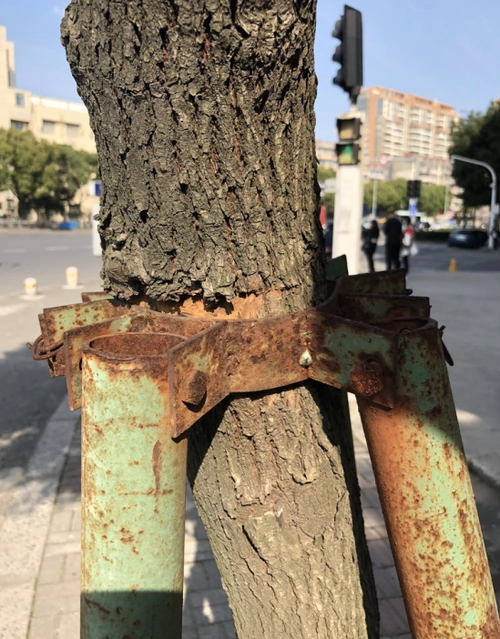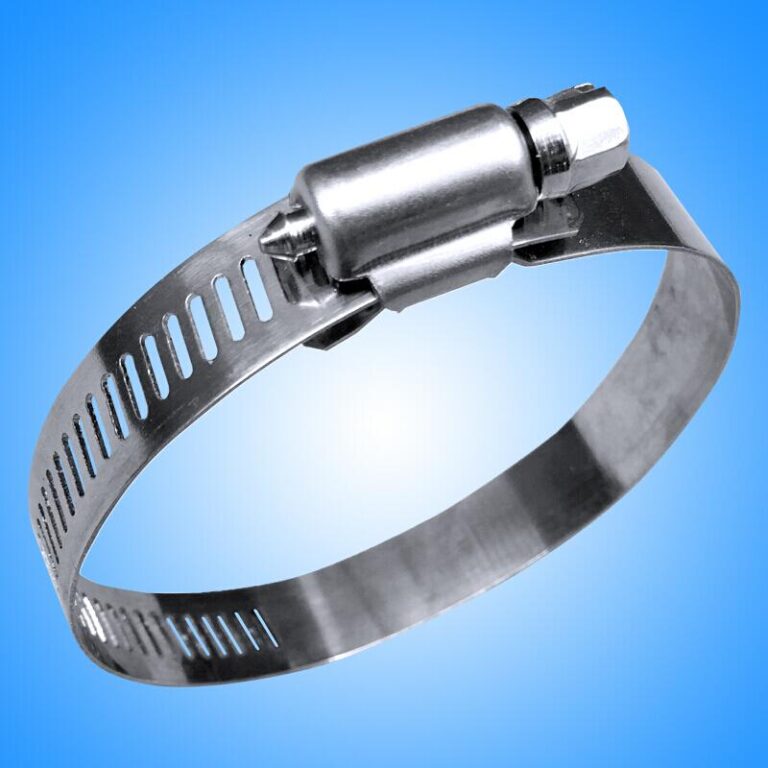How to remove hose clamps without tool
Hose clamps are a common and essential component in many plumbing and automotive systems, securing hoses to ensure proper fluid…
Hose clamps are a common and essential component in many plumbing and automotive systems, securing hoses to ensure proper fluid flow and preventing leaks. However, there are times when you might need to remove these clamps without access to specialized tools. Whether you’re in a pinch or simply prefer a more hands-on approach, this guide will walk you through several methods to remove hose clamps without tools, providing a practical and efficient solution for various situations.

Method 1: The Lever Method
One of the simplest ways to remove a hose clamp without tools is by using a lever method. Here’s how you can do it:
1.Find a Suitable Lever: Look for a flat, sturdy object like a screwdriver, a piece of wood, or even a credit card that can be used as a lever. The object should be strong enough not to bend or break under pressure.
2.Position the Lever: Insert the lever under the clamp’s band, close to the screw or wing nut. The goal is to create leverage that will help you loosen the clamp.
3.Apply Pressure: Gently push down on the lever to create an upward force on the clamp. This should cause the screw or wing nut to turn counterclockwise, loosening the clamp.
4.Adjust and Repeat: If the clamp doesn’t loosen easily, adjust the position of the lever and try again. Be patient and apply steady pressure to avoid damaging the clamp or the hose.
Method 2: The Twist and Pull Technique
For hose clamps with a screw mechanism, you can use the twist and pull technique:
1.Twist the Screw: Place your fingers on the screw and try to turn it counterclockwise. This might be difficult without tools, but sometimes it’s possible to achieve with a firm grip and some wrist action.
2.Pull the Band: As you twist, gently pull on the band of the clamp to create tension and help the screw turn more easily.
3.Incremental Adjustments: If the screw doesn’t budge, try turning it slightly in the clockwise direction first to break any corrosion or rust that might be holding it in place, then try counterclockwise again.

Method 3: The Heat Application
In some cases, applying heat can help expand the metal components of the clamp, making it easier to loosen:
1.Use a Heat Source: A hairdryer, heat gun, or even the heat from your hands can be used to warm the area around the clamp.
2.Be Cautious: Be careful not to overheat the hose or clamp, as this could cause damage or pose a safety risk.
3.Loosen After Heating: Once the clamp is warm, try the lever method or twist and pull technique again. The heat should make the metal more pliable and easier to work with.
Method 4: The Tap and Wiggle Approach
Sometimes, a little tap can do the trick:
1.Tap the Clamp: Using a rubber mallet or even the handle of a screwdriver, gently tap around the clamp. This can help to break any seal that might be holding the clamp tight.
2.Wiggle the Hose: While tapping, wiggle the hose back and forth. The vibration and movement can help to loosen the clamp from the hose.
3.Check for Damage: After tapping and wiggling, inspect the hose and clamp for any damage. If there’s any sign of damage, it might be best to replace the hose or clamp rather than risk a leak.

Safety Considerations
When removing hose clamps without tools, it’s crucial to be mindful of safety:
Protect Your Hands: Use gloves or cloth to protect your hands from sharp edges or hot surfaces.
Avoid Over-tightening: When reattaching the hose, be careful not to over-tighten the clamp, as this can damage the hose or cause the clamp to fail.
Check for Leaks: After reattaching the hose, check for leaks to ensure the clamp is secure.

Removing hose clamps without tools may require a bit more creativity and effort, but it’s certainly possible. By using the lever method, twist and pull technique, heat application, or tap and wiggle approach, you can effectively loosen and remove hose clamps in a variety of situations. Always remember to work safely and check your work to ensure a secure and leak-free connection.
Problems encountered and solutions
Problems:
Tight Clamp
The hose clamp may be very tight, making it difficult to loosen by hand. This is because over time, the clamp can become compressed and stuck in a fixed position due to factors such as temperature changes, corrosion, or the pressure of the fluid inside the hose.
Limited Space
There may not be enough space around the hose clamp to get a good grip. This is a common issue, especially in cramped engine compartments or in areas where multiple hoses and components are closely packed together.
Slippery Surface
The material of the clamp (such as stainless steel) or the presence of fluids (like oil or coolant) can make it slippery, reducing the effectiveness of any manual grip attempts.
Solutions:
Using Your Fingers and Leverage
If the clamp is not too tight, you can try to loosen it by using your fingers. Locate the screw or the tightening mechanism of the hose clamp. For a screw – type hose clamp, you can try to turn the screw counter – clockwise by pinching it between your fingernails or using the tips of your fingers.
If the clamp has a band – type tightening mechanism, you can try to pry up the end of the band that is overlapping. Look for a small tab or an edge that you can lift with your fingernail. You can also use the leverage of your fingers to gradually widen the clamp. For example, insert a fingernail under the clamp band and carefully pull it away from the hose, working your way around the circumference of the clamp.
Using a Flat Object for Leverage
If you can’t get a good grip with your fingers due to limited space or a tight clamp, look for a flat object like a screwdriver (even if you’re trying not to use tools, a small flat – headed screwdriver can be a last resort). Insert the flat end of the object under the clamp band, near the tightening mechanism. Then, carefully pry the clamp open. Be careful not to damage the hose. You can also use a coin in a similar way. For example, a quarter or a dime can be inserted under the clamp and used to gradually loosen it by leveraging against the hose or the adjacent components.
Applying Heat (with Caution)
In some cases, if the clamp is stuck due to corrosion or a tight fit caused by temperature – related contraction, you can try to apply gentle heat. Use a hairdryer on a low – heat setting and direct the warm air at the clamp for a few minutes. The heat can cause the metal of the clamp to expand slightly, making it easier to loosen. However, be extremely careful when using heat near hoses, especially if they are carrying flammable fluids. Make sure the area is well – ventilated and that you are not in danger of causing a fire or damaging the hose material.







